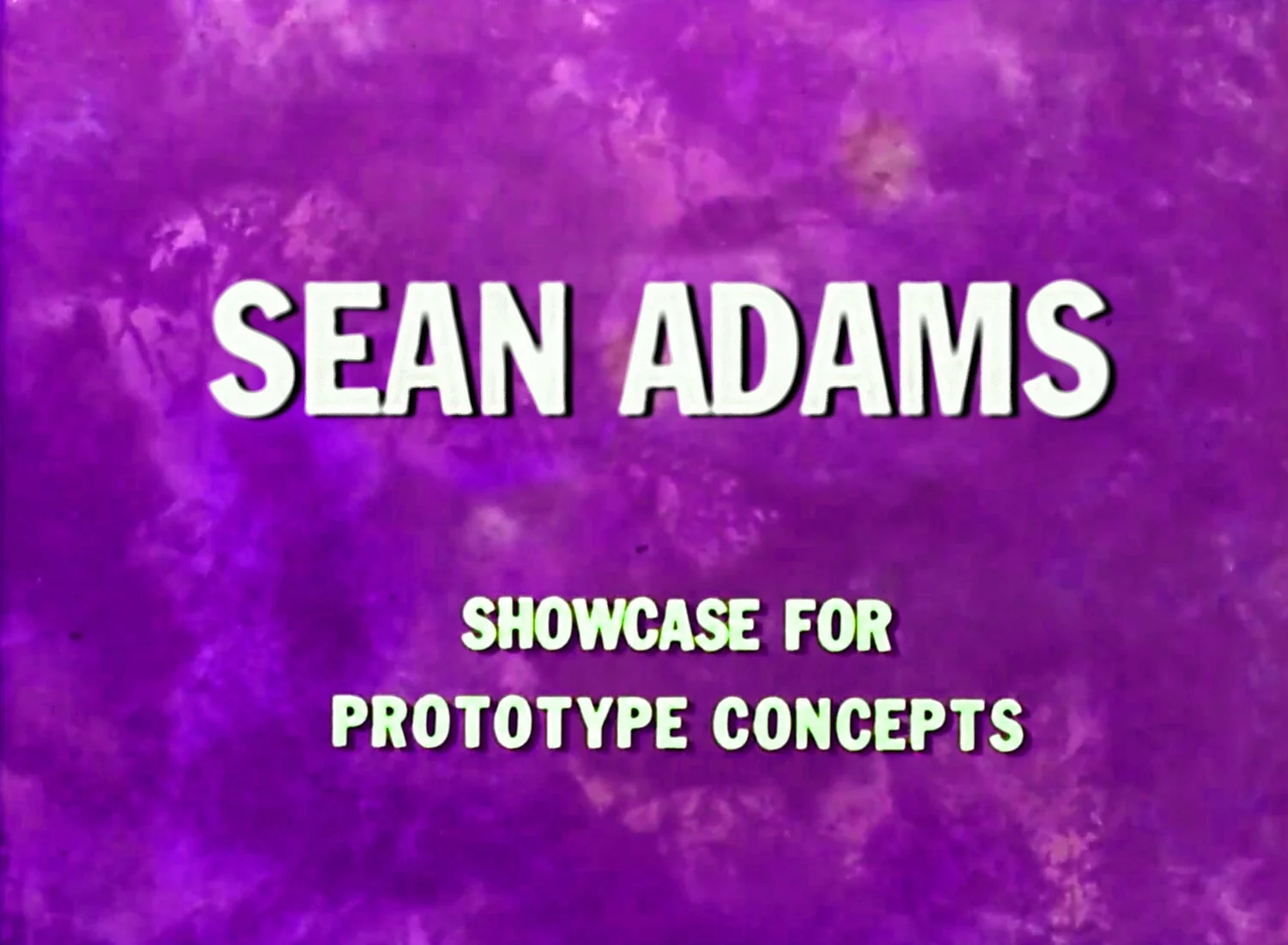To lie, eat, sleep in hearing of the surf
If you’ve watched Hoarders on television, you probably have the same response as I do. First, terror, then “I need to clean up, I have too much stuff.” Unfortunately, I do this often, so there is relatively little to discard. When I mentioned to my brother that I was reorganizing the linen closet, he wisely pointed out that the prefix “Re" as in “re-organized” was the issue. “How many times have you done this?” he asked with concern.
With nothing left to organize or discard, I tackled the flat files. Among the ephemera that I discovered was a bad xerox of a publication for a 1966 summer workshop at The Sea Ranch, Experiments. Let’s back up, In 1964, a group of faculty at UC Berkeley and other architects and designers worked together, creating a residential community that would incorporate and emulate the local natural environment. Sea Ranch was the result; a utopian development on the Pacific coast in northern California.
In the midst of the International modernist movement, the structures followed principles such as minimal materials, functional spaces, geometric forms, and a rejection of decoration. But, rather than becoming sterile white boxes from Weimar dropped on the California coast, the buildings effortlessly blended with the forest, dunes, and natural vegetation. Previous posts have covered the remarkable designer and artist, Barbara Stauffacher Solomon and the revolutionary use of supergraphics at Sea Ranch.
Now, let’s return to the xerox of the publication Experiments. Lawrence Halprin, Sea Ranch’s landscape architect, and his wife and pioneer dance choreographer, Anna Halprin, developed workshops that combined architects, dancers, fine artists. The results created a kind of collaborative proto-Performance art experience. The publication documented the process and result.
I know this world from my childhood with anti-establishment parents. In addition to visits (only as a spectator) to these at Sea Ranch, I spent many days on other beaches in northern California with my parents’ friends making art from odd found beach items. These typically evolved (or devolved) into the adults engaging in drug-induced free-form nude dancing in the style of Isadora Duncan and bonfires. I admit this proved useful in the driftwood mobile making that I continue today.
Based on the image in the Experiments publication, I imagine something similar. While the photographs don’t display nudity, the image of the men in underwear in the driftwood and the vague nudity of a dancing trio leads me to imagine the events after the sunset. I find the image of what I assume is a dance on pages 132–133 the most disturbing. What exactly is happening here?











